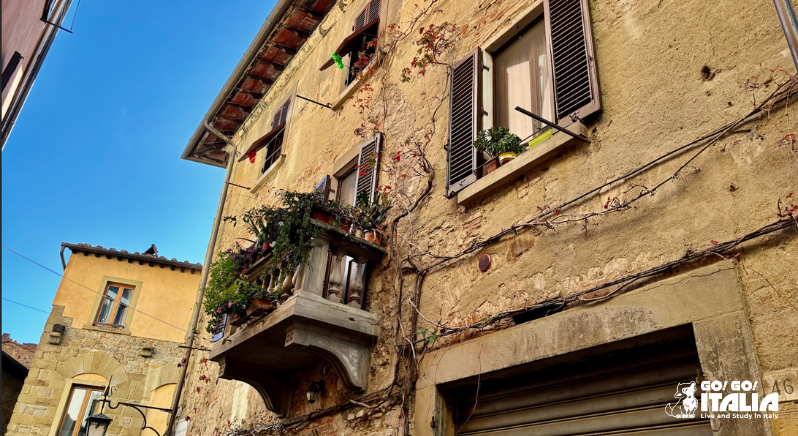Moving to Italy is an exciting adventure, but finding the right accommodation in Italy can be challenging, especially if you’re unfamiliar with the process. Understanding your options and knowing where to look can make all the difference.
Here’s a complete guide to finding accommodation in Italy in 2025.
1. Understand your options
In Italy, housing options vary depending on your needs and budget. The most common choices are:
- Shared apartments: Popular among students and young professionals.
- Private apartments: Ideal for long-term stays or those seeking privacy.
- Student housing: Provided by universities or private residences, often near campus.
- Short-term rentals: Ideal for temporary stays, including options like Airbnb or hostels.
Tip: Consider your lifestyle, budget, and desired location before deciding on the type of accommodation.
2. Start your search early
Accommodation in Italy, especially in cities like Milan, Rome, and Florence, can be highly competitive. Start your search 2–3 months before your move to secure the best options.
3. Use the right tools
Here are the best resources for finding accommodation in Italy in 2025:
- Online platforms:
- Uniplaces for student friendly accommodation including shared and private apartments
- Idealista and Immobiliare.it for long-term rentals.
- HousingAnywhere or Uniplaces for student-friendly options.
- Subito.it for diverse rental listings, including shared apartments.
- Local agencies:
Real estate agencies can help find accommodation but often charge a one-month rent fee. - University housing portals:
Many universities offer dedicated housing services or partnerships with private residences. - Social media groups:
Join Facebook groups like “Expats in Milan” or “Students in Rome” to find shared housing opportunities and connect with locals.
4. Learn about Italian rental contracts
Understanding rental contracts is essential when securing housing in Italy. The most common types include:
- Contratto transitorio (temporary contract): Short-term rentals for 1–18 months, ideal for students and expats.
- Contratto per studenti universitari (student contract): Tailored for university students, often linked to proof of enrollment.
- Contratto di locazione ordinario (standard contract): Long-term rentals for 4+4 years.
Ensure your landlord registers the contract with the Italian Revenue Agency (Agenzia delle Entrate) to make it legally binding.
To know more, check our dedicated article.

5. Prepare the required documents
Landlords in Italy typically request the following:
- Valid ID or passport.
- Codice fiscale (Italian tax code): Required for signing rental contracts.
- Proof of income or financial stability.
- University enrollment certificate (for student housing).
6. Know your budget
Rental prices vary greatly depending on location:
- Milan, Rome: €700–€1,200/month for a room or studio.
- Florence, Bologna: €500–€900/month.
- Smaller cities (Siena, Salerno): €350–€700/month.
Be mindful of additional costs like utilities (utenze), condominium fees (spese condominiali), and security deposits (caparra), which are usually 2–3 months’ rent.
7. Beware of scams
Unfortunately, rental scams are not uncommon. Protect yourself by:
- Verifying that the landlord is the property owner.
- Being cautious of listings with prices far below the market average.
8. Explore short-term options while searching
If you arrive in Italy without pre-arranged housing, consider temporary options like the one below. These provide the flexibility to search locally for long-term accommodations and personally inspect them before making your final choice.
- Airbnb or hostels: Great for flexible stays while you finalize a rental.
- Coliving spaces: Modern shared housing with community vibes and flexible leases.
9. Leverage regional differences
Housing availability and styles differ across regions:
- Northern Italy (Milan, Turin): Higher costs, modern apartments.
- Central Italy (Florence, Rome): Historical buildings with charming interiors.
- Southern Italy (Naples, Salerno): More affordable options, often larger spaces.
Ready to begin your Italian adventure? Finding accommodation in Italy doesn’t have to be overwhelming. Follow Go! Go! Italia to keep up with the latest information about living and studying in Italy!










